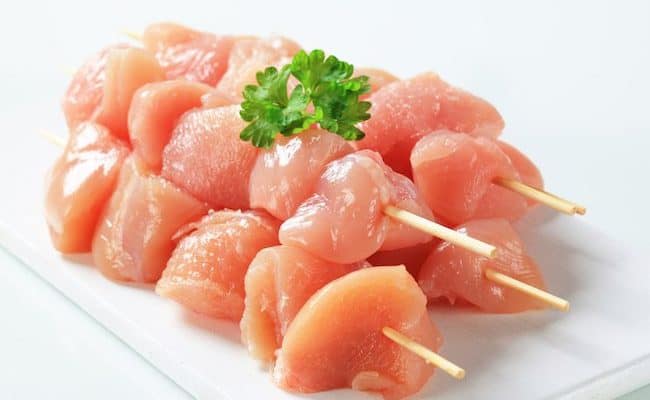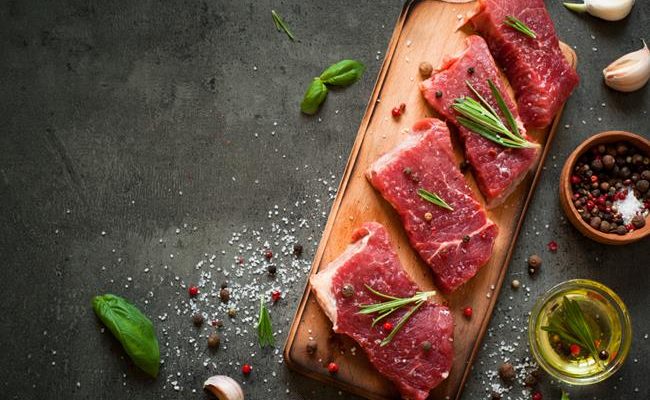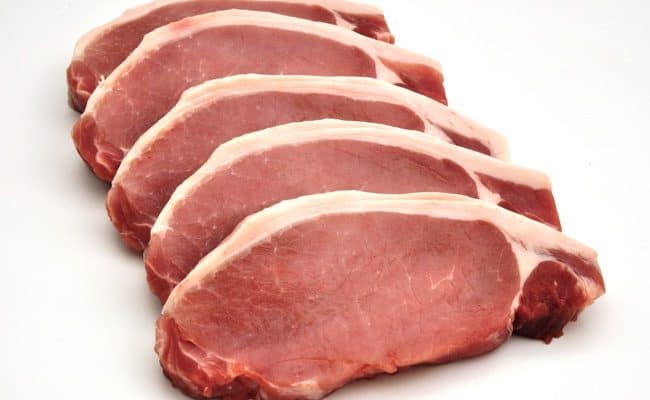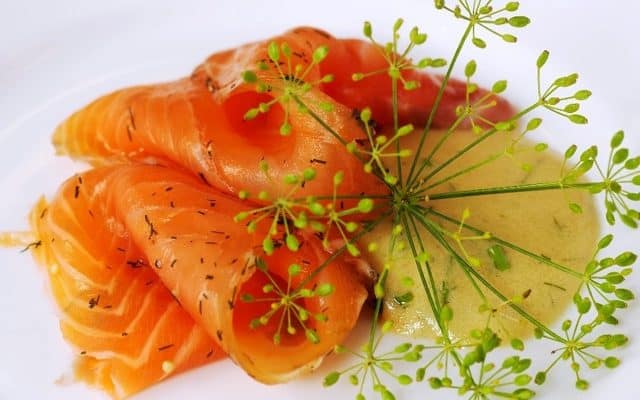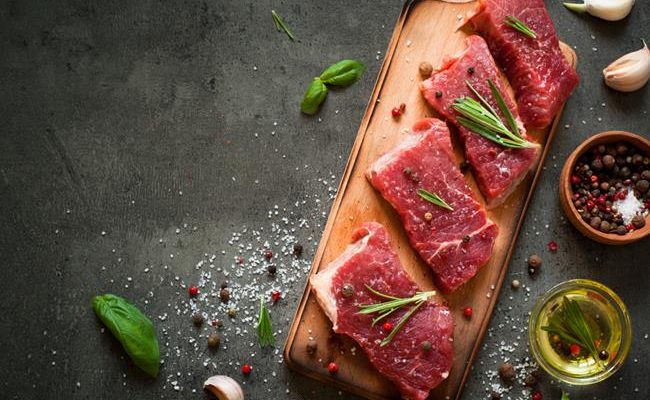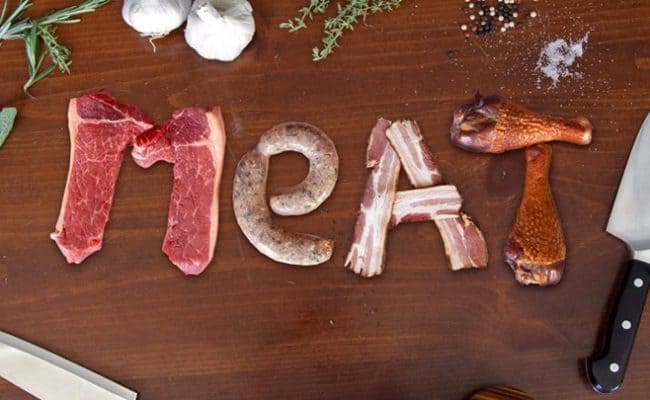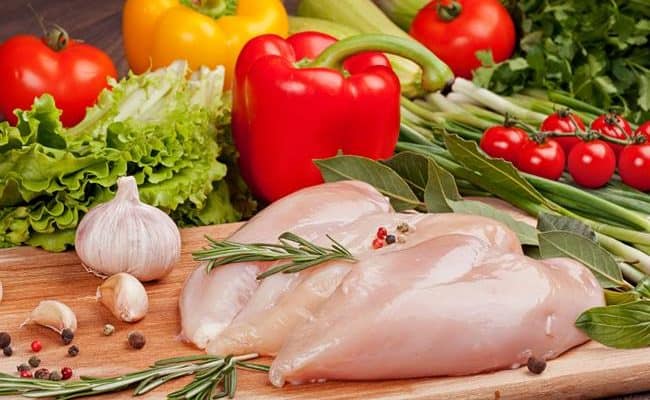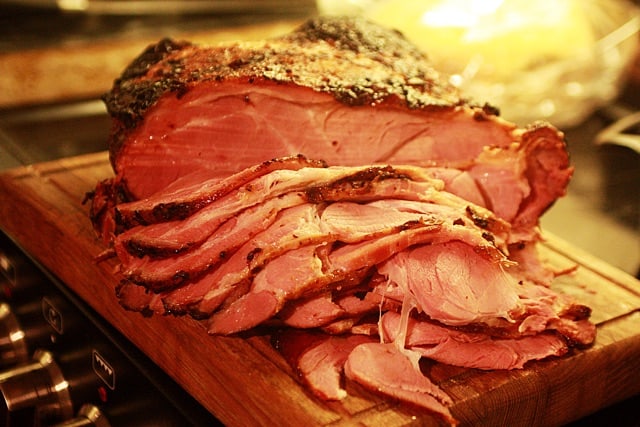
The flavor of smoked foods is unique: it gives off an earthy, sumptuous flavor that many people enjoy. The process of smoking meat or other foods can be labor intensive and need special equipment, but adding smoke flavor is relatively easy from the use of liquid smoke.
A concern with smoked meats is the association with smoked meats and cancer risk. Grilling and smoking meats can produce potential carcinogens in the body. Until more research is done, it is recommended to stay under the guidelines for smoked meats.
Artificial smoke flavor, like liquid smoke, may have potential carcinogens in them as well, so caution should be used when eating foods with artificial smoke flavor.
How is food smoked?
Food is smoked usually with a lower heat source for longer periods of time compared to other cooking methods like grilling or broiling.
Smoking can be done with different techniques, but in general smoking uses wood or coals for a heat source. The food, usually meat, absorbs the flavor of the heat source and smoke.
Smoked meats and cancer
The concern with smoking foods is particles in the smoke, like polyaromatic hydrocarbons (PAH), are carcinogens and get absorbed into the food.
The amount of PAH in smoked foods can vary; a 1993 study (1) that measured various PAH levels in smoked foods found smoked meats like ham, shrimp or salmon had varying amounts of PAH.
According to the Canadian Cancer Society (2), there is a strong association between eating smoked meats and colorectal cancer, but the association between other types of cancers is not as clear.
Smoked meats are often cured as well as salt preserved, and these other processing methods may also affect risk for certain cancers and heart health.
If the meat is also grilled at a high temperature, there is a potential for more carcinogens to be in these foods.
Therefore, if a meat is smoked, cured and grilled, the carcinogen risk may be higher.
Is smoke flavoring harmful?
Smoke flavor is a simpler way to add in a smoke flavor without the more complicated cooking process. Smoking can cause the food to pick up some potential carcinogens from the smoke, but what about artificial smoke flavor?
It turns out smoke flavor is not completely benign; the 1993 study (3) also found commercial liquid smoke flavor can be a source of PAHs, just like smoking.
The liquid smoke is actually particles from smoke usually mixed with water, so the harmful components from smoke can still get transferred into the liquid smoke flavor.
What is the recommended intake?
While there is no clear definite “safe” or “unsafe” intake of smoked foods, most health organizations suggest to err on the side of caution. While there is not a definitive link that eating smoked foods in any amount can lead to cancer, rather an association was found that higher intakes may increase risk.
Therefore, eating smoked foods, and foods with liquid smoke, should be limited to eaten occasionally, not as a norm.
The Canadian Cancer Society suggests eating smoked or other processed meats in small amounts and not very often. You could think of smoked meats as a special treat that is to be enjoyed for special occasions if you still want to eat them.
Smoked salmon and food safety
Another consideration, specifically for smoked salmon, is the risk of food borne illness. Listeria is a serious foodborne pathogen that may be found from smoked salmon, according to Food Safety News (4).
If the smoked salmon is made at home, there could be a risk for listeria contamination especially if the salmon is left out at the wrong temperature after smoking.
Any surface or utensil that comes into contact with the smoked salmon, or any potentially hazardous food, should be clean. This includes of course washing your hands before you handle the salmon.
If you use utensils before the salmon was cooked, make sure to wash them before using them on cooked salmon or use different utensils.
If someone is in an immune compromised state, they may want to speak with their health care provider before eating smoked salmon.
What are some alternatives?
The flavor of smoked foods is unique, but that doesn’t mean you can’t be creative to find some substitutes.
For example, smoked meats can be a common addition to baked bean dishes. Instead of adding smoked meats, try adding just a small pinch of smoked salt, paprika or try some other herbs to give a different flavor profile. Adding a touch of vinegar to some recipes could also give a varying flavor.
A vegetarian alternative to smoked salmon, like on bagels, could be roasted red peppers, or other roasted vegetables. The roasting of the vegetables can add a deep flavor that can be considered umami like and similar to a smoky flavor.
Conclusion
Smoked foods and smoked flavor has been shown to be associated with potentially increasing cancer risk especially for the colon. The amount of smoked food that is considered safe is not exact, so health professionals suggest limiting smoked foods to small amounts and eaten an occasional food.
Foods that have liquid smoke may still contain PAH, a carcinogen from smoke. If a smoked food has also gone through curing and/or is cooked at a high temperature on a grill, there could be increased potential for carcinogens to be in the meat.
If you eat smoked or cured foods consistently, you may want to substitute other foods in place of these.
